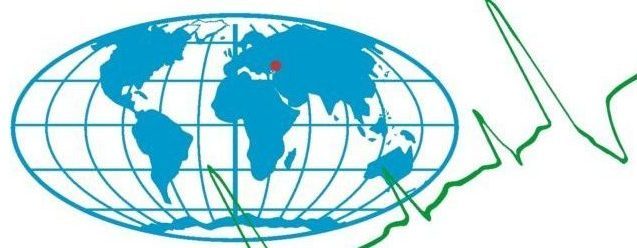A.M. Lyakh
A.O. Kovalevsky Institute of Biology of the Southern Seas of RAS, RF, Sevastopol, Nakhimov Av., 2
E-mail: me@antonlyakh.ru
DOI: 10.33075/2220-5861-2019-3-29-34
UDC 57.062:004.043:351.852.15
Abstract:
The article describes the main functions of the collection information system (CIS) and proposes the structure of the collection database (DB) which the system interacts with. First of all, CIS gives a variety of information about specific biological objects. That is, it gives the whole volume of available data about the stored organism obtained by various methods and techniques. Such a large amount of material is necessary to provide potential research in the future. In addition, CIS describes the degree of preservation and the method of storage of the collection samples. These data characterize the validity of the features of the stored object and its suitability for additional research. Finally, CIS presents the data about taxa linked to spatio-temporal coordinates.
The collection database consists of three main interconnected tables. The first one is a taxonomic table that keeps taxonomic tree and names of taxa. The second one is a table with collection samples that stores descriptions of samples. The third one is a table with collection specimens that contains detailed data about every biological object collected. The main tables are linked with auxiliary tables with molecular genetic data, morphometric data, images and descriptions of organisms. The fields of all tables are divided into universal and specific. Universal fields are suitable for describing any collection material, and specific fields are intended for data on particular collections or groups of organisms. For unique identification of collection samples and specimens the semantic collection numbers are used.
The described structure of the collection database is used in the virtual collections of IBSS: collections.marine-research.org.
Keywords: database, biological collection, taxonomic table, table with samples, tables with specimens, collection number, information system.
LIST OF REFERENCES:
- Biological research today and tomorrow. Materials of the Russian conference with international participation “Best practices and prospects for the use of Zoological collections” / / Zoological research. 2018. № 20. P. 200.
- Spiridonov V. A, Tsetlin A. B. Resources of marine biota collections: conservation and prospects / / Zoological research. № 20. P. 196-197.
- Towards a global collection description standard / N. Raes, E. van Egmond, A.B. Casino [et al.] // Biodiversity Information Science and Standards. 2019. 3: e37894.
- Lyakh A. M. Unique semantic instance numbers of biological collections databases // Monitoring systems of environment. Sevastopol: INTS. No. 2 (36). P. 43-50.
- Shatalkin A. I., Galinskaya T. V. The Role of nomenclature types in the practice of describing new species is consistent with the international code of Zoological nomenclature of Zoological research. 2018. № 20. P. 163-168.
- Alekseeva D.O. Portraits of cephalopods. Atlas of cephalopod life colors. Moscow: VNIRO, 2013. P. 202.
- Fadeev I. V. the Attribution of objects of Zoological collections by circumstantial evidence // Zoological studies. 2018. № 20. P. 200.
- Lyakhov A. M., Lelekov S. G., The Modular structure taxonomic database // Electronic information system. 2018. No. 2 (17). P. 59-70.
- Electronic collection of parasites of fish of the World ocean of the Institute of marine biological research. Kovalevsky A. O. / E. V. Dmitrieva, A. M. Lyakh, Y. M. Korniychuk, etc.// Marine biology journal. 2016. Vol. 1, no. 3. P. 27-31.
- Stevenson J. Ecological assessments with algae: a review and synthesis // Journal of Phycology. 2014. 50 (3). P. 431–461.
- Vasilyev A. G., Vasilyeva I. A. Metronomy Population, the full population and the Museum’s collection. Zoological research. 2018. № 20. P. 31-35.
- Astrin J.J., Zhou X., Misof B. The importance of biobanking in molecular taxonomy, with proposed definitions for vouchers in a molecular context // Zookeys. 2013. 365. P. 67–70.
![]()
